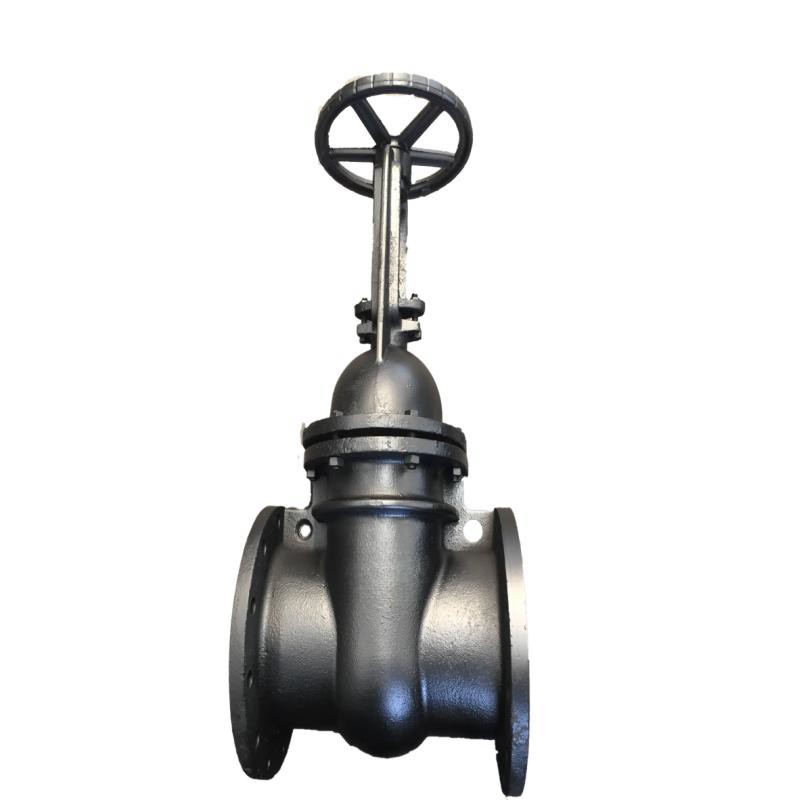types of flanges used in oil and gas industry
Types of Flanges Used in the Oil and Gas Industry
In the oil and gas industry, where high-pressure and high-temperature systems are the norm, the importance of reliable connections cannot be understated. Flanges are essential components in piping systems, providing a means to connect pipes, valves, pumps, and other equipment in a leak-tight manner. This article will explore the various types of flanges commonly used in the oil and gas industry, highlighting their features, benefits, and applications.
1. Weld Neck Flanges
Weld neck flanges are characterized by a long neck that is welded to the pipe, providing a strong, continuous connection. They are often used in high-pressure applications, primarily because the design allows for easy alignment and stress distribution along the flange. The gradual transition from the flange to the pipe helps to minimize turbulence and pressure drops. Weld neck flanges are commonly constructed from materials such as carbon steel, stainless steel, and alloy steel, making them suitable for various environments and conditions in the oil and gas sector.
2. Slip-On Flanges
Slip-on flanges are designed to slip over the end of a pipe and are then welded in place. This design makes them easy to install and suitable for low-pressure applications. They can accommodate various piping systems and are often used in oil and gas processing plants where cost-effectiveness is crucial. However, slip-on flanges may not provide the same level of strength as weld neck flanges, so they are often used in less demanding scenarios.
3. Blind Flanges
Blind flanges are solid flanges without a central hole, used to seal the end of a piping system. They are crucial for isolating sections of pipeline during maintenance or testing. Blind flanges provide a robust seal that can withstand high pressures, making them ideal for applications where the flow needs to be completely shut off. In the oil and gas industry, blind flanges are often used in pipelines, pressure vessels, and refineries.
types of flanges used in oil and gas industry

Threaded flanges come with internal threads that allow them to be screwed onto a pipe. This design eliminates the need for welding, making them a preferred choice for low-pressure systems where quick installation and ease of disassembly are necessary. Threaded flanges are often employed in the oil and gas industry for applications involving small-diameter piping and are typically made from materials like carbon steel and stainless steel.
5. Socket Weld Flanges
Socket weld flanges possess a socket where the pipe is inserted and welded. They are commonly used in high-pressure applications, similar to weld neck flanges. Socket weld flanges help mitigate the risk of leaks and provide a stronger connection than slip-on flanges. Their ability to handle high pressures and temperatures makes them ideal for the oil and gas industry, particularly for service lines and processing equipment.
6. Lap Joint Flanges
Lap joint flanges combine the characteristics of slip-on and weld neck flanges. They consist of a stub end that is welded to the pipe and a loose flange that fits over the stub end. This design allows for easy alignment and disassembly, making lap joint flanges a practical choice in applications requiring frequent maintenance or changes. They are often used in the oil and gas industry for piping systems that require flexibility and easy access.
Conclusion
The selection of the appropriate flange type in the oil and gas industry is crucial for ensuring the integrity and efficiency of piping systems. Each type of flange offers unique advantages, tailored to specific applications and operating conditions. Understanding these differences is essential for engineers and technicians who design and maintain these vital systems. As the industry continues to evolve, advancements in flange design and materials will further enhance safety and operational reliability in oil and gas operations worldwide. Proper installation, regular inspection, and maintenance play critical roles in maximizing the lifespan and functionality of these essential components.
-
3-types-of-check-valves-maintenance-tipsNewsAug.23,2025
-
ball-valves-types-with-trunnion-mounted-designNewsAug.23,2025
-
butterfly-valve-company-production-capabilitiesNewsAug.23,2025
-
fisher-globe-valve-technical-specificationsNewsAug.23,2025
-
types-of-gaskets-for-flanges-selection-guideNewsAug.23,2025
-
wedge-gate-valve-suppliers-quality-standardsNewsAug.23,2025
-
Breakthrough in Domestic Low Temperature Valve Technology in ChinaNewsAug.18,2025




